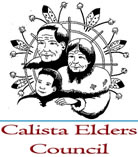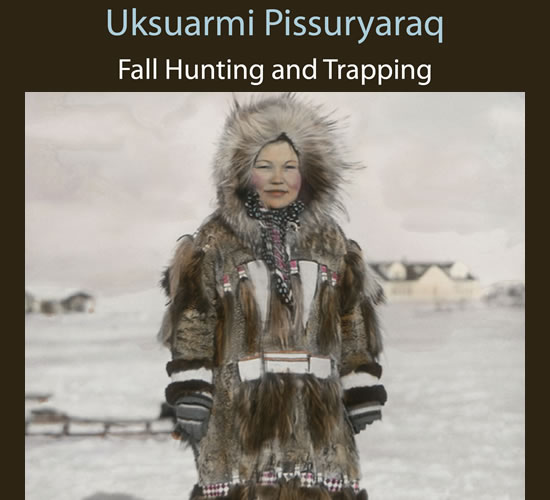|
 570 3rd Ave # 219 570 3rd Ave # 219
Bethel, AK 99559
(907) 543-1541
 625 C Street
Anchorage, AK 99501 625 C Street
Anchorage, AK 99501
(907)929-9200
anchoragemuseum.org
|
|

|
Courtesy, National Museum of the American Indian, Smithsonian Institution, L2690,
Dr. Leuman M. Waugh, 1935 |
Girl wearing a parka with "pretend arrowpoint" designs. |
 |
Tamakut nutaan cikungartaqan makunek can'giirnek, wall'u tua-i makunek akikengnaqu'urqemeggnek melqulegnek, imarmiutarnek unangengnaqu'uralriit cali qakurnaqungartaqan, waten tua-i upagluteng cali piyarameggnun pitullrulriit. Tamakut neqsurviggateng unilluki-am tamakunek cali unangengnaqvimeggnun ayatullrulriit, uksuiyarluteng-gguq tua-i.
Now, when it started to freeze, when it started to frost in the mornings, those people who harvested blackfish or trapped for mink and other fur animals would move to their camps and usual harvesting sites. They'd leave their summer fish camps and move to fall camps where they harvested those other foods.
--David Martin, Kipnuk |
Following summer fishing and berry picking, many families moved to fall camps, from which men spread out across the delta along networks of trails, sloughs, and streams in search of small furbearers, such as muskrat, mink, otter, hare, ermine, weasel, and fox.
Upriver hunters took larger animals such as moose and caribou, as well as beaver, marten, wolverine, and wolf, which they traded with coastal residents |
|
|

